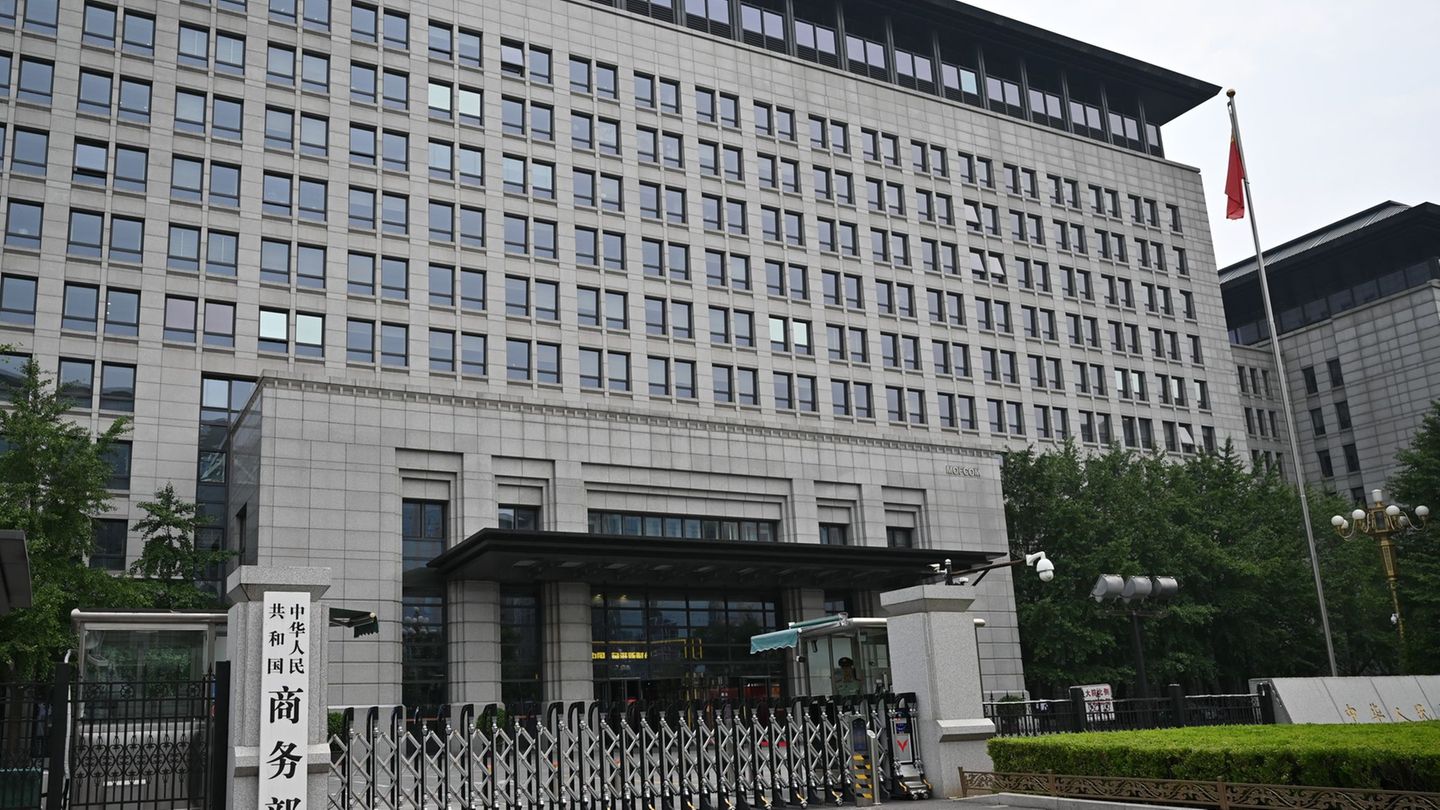
Image: Climate Alliance Upper Austria

Image: Climate Alliance Upper Austria

Image: Climate Alliance Upper Austria
Linz has been part of the Upper Austria Climate Alliance since 1991. Although this was not a founding member, it was one of the first communities to join the climate protection network. “That was incredibly forward-looking, because 30 years ago climate protection wasn’t sexy,” says Climate City Councilor Eva Schobesberger (Greens).

Image: Climate Alliance Upper Austria
Two years later, a project began that is still running today and is considered “one of the most successful and sustainable development projects in Upper Austria”. At that time, the climate alliance entered into a partnership with FOIRN, the umbrella organization of indigenous organizations on the Rio Negro in Brazil.
Securing indigenous land rights
In contrast to other projects at this time, the aim was not to buy out rainforest areas, but rather to support the indigenous population themselves in securing their land rights. This has been achieved, as representatives of the Climate Alliance reported at a press conference yesterday in Linz: The upper and middle Rio Negro, together with the neighboring areas, is now the largest contiguous and proven intact rainforest area in Brazil. In total there are 135,000 square kilometers, i.e. the area of Austria plus Slovakia, whose use is decided by indigenous communities. The whole world benefits from this, because indigenous areas are a bulwark against deforestation and the rainforest is indispensable as the earth’s “green lung”. To date, 99.9 percent of the rainforest there is intact. “Where indigenous people have settlements and practice agriculture, biodiversity increases,” says Climate Alliance Managing Director Norbert Rainer.

Image: Climate Alliance Upper Austria
Legal protection of the area
Each municipality that is a member of the climate alliance, like Linz, contributes 10.4 cents per inhabitant to international projects, a large part of which goes to the Rio Negro. The money is invested in infrastructure such as community boats, solar systems or radio networks, but also in education, health and sustainable economic concepts. Means for legal disputes are also important in order to secure what has been achieved – successfully. Even under the right-wing extremist President Jair Bolsonaro, the Supreme Court prevented any deterioration for the indigenous areas. “The international partnership enables indigenous peoples to defend their rights and get involved at the political level,” says Schobesberger. Over the years, FOIRN became increasingly accepted by the Brazilian government as a negotiating partner.

Image: Climate Alliance Upper Austria
Strong bonds have been forged during 22 delegation visits by indigenous representatives to Austria and Austrian communities on the Rio Negro.
My themes
For your saved topics were
new articles found.

info By clicking on the icon you can add the keyword to your topics.
info
By clicking on the icon you open your “my topics” page. They have of 15 keywords saved and would have to remove keywords.
info By clicking on the icon you can remove the keyword from your topics.
Add the topic to your topics.
Source: Nachrichten




